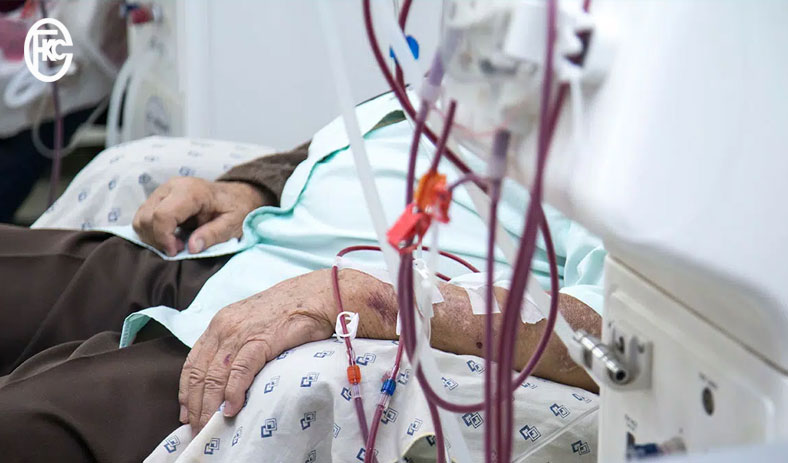
Overview:
In-center hemodialysis is a procedure that involves the use of a machine to remove waste and excess fluid from the blood for individuals with kidney failure. At the Center for Kidney Care (CFKC), they have perfected their approach to provide efficient and effective treatment.
Here is an overview of how in-center hemodialysis works at CFKC:
1. Scheduling:
Patients at CFKC are assigned specific days and times for their hemodialysis sessions, ensuring a consistent treatment schedule.
2. Check-in:
Upon arrival at CFKC, patients check-in at the front desk and receive information about any updates or changes to their treatment plan.
3. Weigh-in:
Patients are weighed before each hemodialysis treatment to monitor any changes in fluid levels.
4. Preparation:
Nurses and technicians prepare the dialysis machine by connecting the dialyzer, tubes, and other necessary equipment.
5. Access point:
Depending on the patient's preference and medical condition, either a fistula, graft, or catheter is used as an access point for connecting the dialysis machine.
6. Setting up the dialysis machine:
The machine is calibrated according to the patient's specific needs, including adjusting the blood flow rate and dialysate solution composition.
7. Blood treatment:
A blood pump is set up to draw blood from the patient's access point and send it through the dialyzer. The dialyzer acts as a filter, removing waste products and excess fluid from the blood.
8. Dialysis solution:
While the blood is being filtered, a dialysis solution called dialysate is circulated on the other side of the dialyzer. This solution helps in the removal of waste and excess fluid from the blood.
9. Monitoring:
Nurses and technicians closely monitor the patient's vital signs, including blood pressure, heart rate, and oxygen levels, throughout the dialysis session.
10. Length of treatment:
The duration of each hemodialysis session may vary depending on the patient's needs and the prescribed treatment plan. Typically, sessions last around 3-4 hours.
11. Controlling fluid removal:
To ensure appropriate fluid removal, CFKC closely monitors each patient's dry weight and adjusts the dialysis treatment as needed.
12. Medication administration:
If prescribed, medications may be given before, during, or after the hemodialysis session, as directed by the patient's healthcare provider.
13. Patient comfort:
CFKC prioritizes patient comfort during the hemodialysis treatment. Patients are provided with comfortable seating, blankets, pillows, and entertainment options, such as TV or magazines, to help pass the time.
14. Communication and education:
Throughout the treatment, nurses and technicians at CFKC maintain open communication with the patient, addressing any concerns or questions. Additionally, they provide education on kidney disease management, dietary and fluid restrictions, and self-care techniques.
15. Post-treatment care:
After the hemodialysis session is complete, CFKC staff ensures that the patient is stable before leaving. They may provide post-treatment instructions, including dietary recommendations, fluid intake guidelines, and any necessary follow-up appointments.
Conclusion:
In-center hemodialysis at CFKC follows a structured and comprehensive approach, with the patient's comfort and well-being at the forefront. The team at CFKC is dedicated to providing quality care and support to individuals with kidney failure.